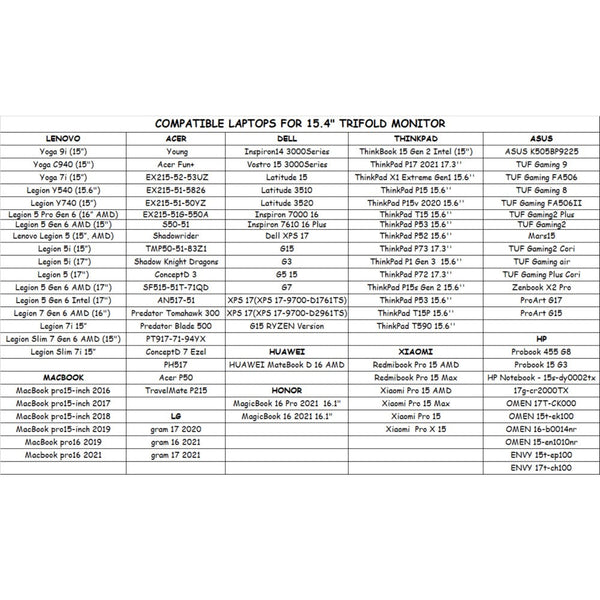All Categories
- Appliances
- Audio & Video
- Auto Accessories
- Baby & Kids
- Computers and Accessories
- Devices and Accessories
- Electronics
- Furniture
- Games and accessories
- Gift & Novelty
- Health & Beauty
-
Home & Garden
- Artificial Plants
- Bathroom Accessories
- BBQ
- Bedding
- Curtains
- Decor
- DIY
- Firepits
- Fountains
- Garden Beds
- Garden Furniture
- Garden Lights
- Garden Tools
- Gate Openers
- Green Houses
- Hammocks
- Home Office Accessories
- Inflatable Mattress
- Kitchen Bins
- Kitchenware
- Lighting
- Others
- Pool & Accessories
- Rugs
- Scales
- Shading
- Storage
- Travel
- Occasions
- Outdoor
- Pet Care
- Smart Home
- Sports & Fitness
- Tools
Simplecom CM201 Full HD 1080p VGA to HDMI Converter with Audio


Simplecom CM201 VGA to HDMI Converter allows you to convert analog VGA signals to digital HDMI signals. The converter will take audio from the 3.5mm audio input and powered by USB, making it ideal for connecting PCs and laptops to HDMI displays such as HDTVs.
Features
VGA to HDMI adapter offers you a convenient way to connect PCs, Laptops with VGA to displays such as Projectors, Monitors, and HDTVs with HDMI
The converter will take audio from the 3.5mm audio input
Powered by USB, plug into either a USB wall adapter or a nearby USB port on PC or TV
Support HDMI digital output with resolutions up to 1080p
Simple installation, plug & play
Compatible with HDMI version 1.3
Specifications
Supports VGA Resolution
640x480@60Hz,800x600@60Hz,1024x768@60Hz,1280x720@60Hz,1280x769@60Hz,1280x800@60Hz, 1280x1024@60Hz, 1360x768@60Hz, 1600x1200@60Hz,1920x1080@60Hz
Output ports: HDMI support: 480P, 720P, 1080P@60Hz
1x 15 Pin VGA Female Socket (Cable Included)
1x 3.5mm Stereo Audio Female Socket (Cable Included)
1x Mini USB port for power (Cable Included)
1x HDMI Female Socket (HDMI Cable Not Included)
Important Note
This converter is NOT bi-directional. It only converts from VGA to HDMI
For laptop users, you must shift between the normal display and the one connected to VGA port. Please click the Fn+Screen Switch Key (Refer to notebook's User Manual for different Screen Switch Key)
Package Contents
1x CM201 VGA to HDMI converter
1x USB Power cable
1x Short VGA Male to Male Cable
1x 3.5mm Stereo Audio Cable
Related Products
-
-
Meta Quest 3 512GB - Breakthrough Mixed Reality Headset with Batman: Arkham ShadowNo reviews$888.00
$1,299.00 -
-
-
-
Dual Portable Triple Fold 1080P IPS FHD Monitor Screen Extender For Laptops15 reviews$419.00
$649.00 -
-
-
-
-
-
-
-
-
-
-
-
-
-
-
-
-
-
-
Oculus Meta Quest 3 128GB - Breakthrough Mixed Reality Headset (Open Never Used)No reviews$769.00
$1,050.00 -
-
-
-
Tech21 Evo Clear Multi-Drop Protection Case for Samsung Galaxy S22+ Plus ClearNo reviews$29.00
$49.00 -
-
-
-
-
-
UGREEN 15647 2-in-1 Tablet (Max 12.9 inch) + Phone (Max 7.2 inch) Tripod StandNo reviews$82.00
$94.95 -
-
-
-
-
-
-
-
Simplecom CR309 3-Slot SuperSpeed USB 3.0 Card Reader with Card Storage CaseNo reviews$30.00
$34.95 -
-
-
-
-





































































































